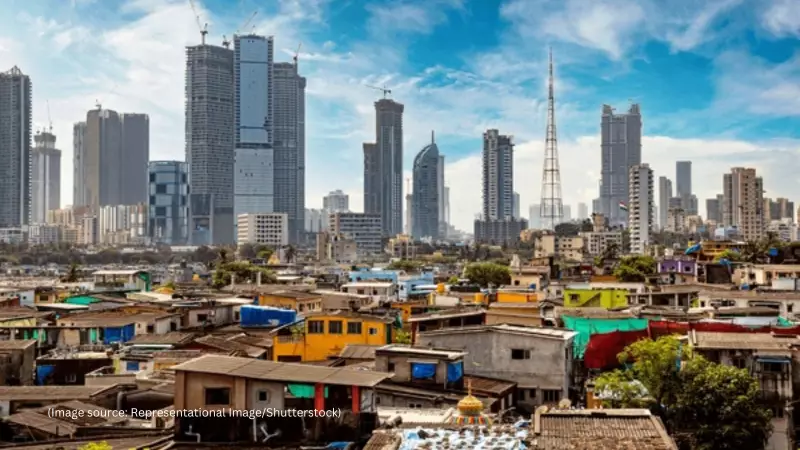
The latest 2025 urban cleanliness survey has unveiled some startling revelations about India's dirtiest cities, painting a concerning picture of environmental challenges facing the nation's urban landscape. The comprehensive assessment, which evaluated multiple parameters including waste management, air quality, and public sanitation, has identified the ten worst-performing cities that desperately need intervention.
The Alarming Top 10: India's Urban Cleanliness Crisis
According to the detailed analysis conducted by environmental experts and urban development authorities, several cities continue to struggle with basic sanitation and waste management despite nationwide cleanliness initiatives. The rankings considered critical factors such as:
- Municipal solid waste management efficiency
- Air quality index and pollution levels
- Public sanitation facility availability
- Water pollution and treatment capabilities
- Public awareness and community participation
What Makes a City 'Dirty'?
The classification isn't merely about visible garbage on streets. The comprehensive evaluation framework assesses multiple dimensions of urban environmental health. Cities landing on this unfortunate list typically show consistent failures in waste processing infrastructure, inadequate sewage treatment systems, poor air quality management, and insufficient public cleanliness maintenance.
The Broader Implications
These rankings serve as a crucial wake-up call for urban planners and municipal authorities. The presence of cities on this list indicates deeper systemic issues that require immediate attention, including:
- Infrastructure Gaps: Many cities lack adequate waste processing plants and modern sanitation facilities
- Population Pressure: Rapid urbanization has overwhelmed existing systems
- Behavioral Challenges: Public participation in cleanliness drives remains inconsistent
- Resource Constraints: Municipal corporations often struggle with funding and manpower
While the specific city names and their exact rankings provide crucial data for policymakers, the broader message is clear: India's urban cleanliness mission requires renewed focus and innovative solutions. The findings underscore the urgent need for targeted interventions in the worst-affected urban centers to ensure sustainable development and improved quality of life for residents.
The silver lining remains that several cities have shown remarkable improvement in recent years, proving that with determined effort and proper planning, urban environmental transformation is achievable. However, for those topping the dirtiest cities list, the road to cleanliness appears long and challenging.





